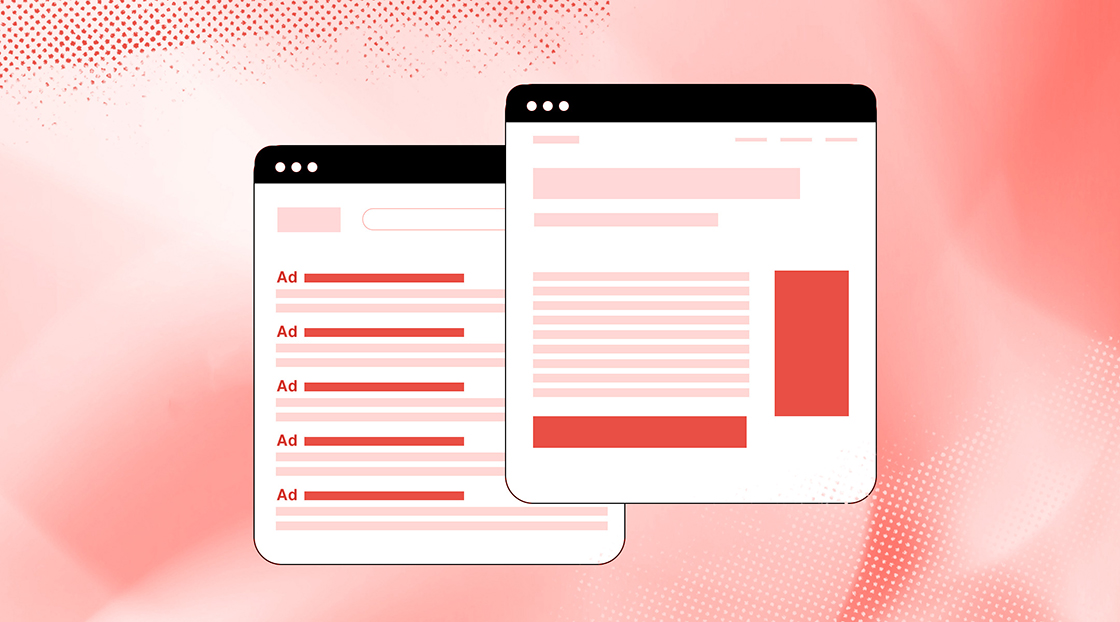Over the summer, a Washington Post headline caught the attention of the public and many of us who actively market higher education. Not only was the year-over-year growth a surprise, but the amount spent on digital advertising alone was stark.
As we enter another year — one that’s predicted to see more spent on digital advertising — understanding how to navigate the complexity of environments that have become seamlessly integrated with advertising is critical to effective media buying. One way to manage this spend effectively is to ensure brand-safe media buying. As our digital landscapes evolve, so must our strategies for staying ahead of brand safety.
First, what do we mean when we say brand safety? At its most basic it is the implementation of specific practices and tools/software that enables protection against an ad from appearing in a context or with a publisher that doesn’t align with your brand.




